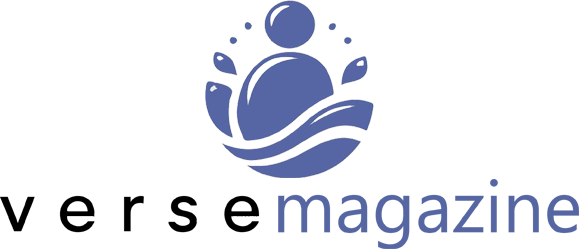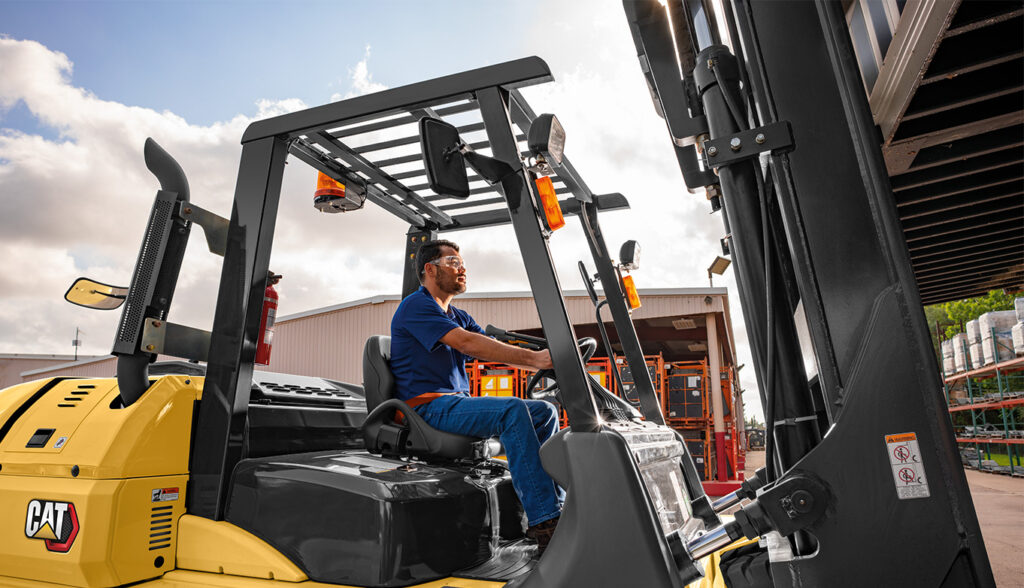In today’s fast-paced industrial and warehousing environments, efficient material handling is crucial for maintaining productivity and safety. Forklifts, as versatile lifting and transporting machines, play a key role in moving heavy loads, stacking pallets, and organizing inventory. However, owning and maintaining a forklift fleet isn’t always the most practical or cost-effective solution for every business. This is where forklift rentals come in, offering a flexible, economical, and hassle-free alternative that can adapt to varying operational demands.
This article explores the benefits, types, and best practices of forklift rentals, explaining why they are an increasingly popular choice among businesses aiming to optimize their material handling processes without the financial burden of ownership.
The Growing Demand for Forklift Rentals
Forklifts are essential equipment for warehouses, manufacturing plants, distribution centers, and construction sites. Despite their importance, purchasing forklifts involves significant upfront capital, ongoing maintenance costs, storage requirements, and management overhead. For many companies, especially those with seasonal peaks, short-term projects, or fluctuating workloads, these challenges can outweigh the benefits of ownership.
Forklift rentals provide a practical solution by allowing businesses to access the exact type and number of forklifts they need, precisely when they need them. Renting forklifts not only frees up capital but also reduces operational complexities, enabling companies to maintain flexibility and focus on their core business functions.
Key Advantages of Forklift Rentals
1. Financial Flexibility and Reduced Capital Expenditure
Investing in forklifts means a large initial expense, tying up capital that could be better used elsewhere in the business. By opting for forklift rentals, companies convert this capital expenditure into an operational expense, paying only for the equipment and duration they require.
This model also helps avoid depreciation costs and asset obsolescence, which can be a concern as forklift technology advances rapidly.
2. Access to a Diverse Fleet of Equipment
Rental providers typically maintain fleets that include various types of forklifts, such as electric, propane, diesel-powered units, reach trucks, pallet jacks, and more. This diversity allows renters to select machines that best fit their specific applications and environments without being limited to one or two models.
Additionally, rental fleets are regularly updated with the latest models, ensuring access to modern features, improved safety systems, and enhanced fuel efficiency.
3. Maintenance and Service Are Handled by the Provider
One of the biggest benefits of forklift rentals is the reduction in maintenance responsibilities. Rental companies usually take care of routine servicing, repairs, and inspections, which minimizes downtime and prolongs equipment life.
This arrangement allows businesses to avoid the costs and logistics associated with equipment upkeep, further simplifying fleet management.
4. Scalability to Match Changing Business Needs
Demand for forklifts can vary drastically depending on project timelines, seasonal workloads, or business growth. Forklift rentals provide the flexibility to scale the fleet size up or down without the challenges of buying, selling, or storing equipment.
This scalability means companies can respond quickly to changes in workload without unnecessary expense or equipment idleness.
5. Reduced Storage and Logistics Burdens
Owning forklifts means dedicating space for parking, storage, and charging or fueling. Forklift rentals are typically delivered directly to the site when needed and picked up when the project ends, reducing the need for additional storage facilities and simplifying logistics.
Types of Forklifts Commonly Available for Rental
Rental companies usually offer a wide range of forklifts designed for various applications:
- Counterbalance Forklifts: The most common type, ideal for general lifting and transporting tasks.
- Reach Trucks: Used mainly for narrow aisle warehouses and high stacking.
- Pallet Jacks: Perfect for moving palletized loads over short distances.
- Telehandlers: Designed for rough terrain and outdoor construction sites.
- Electric Forklifts: Suitable for indoor use, providing zero emissions and quieter operation.
Selecting the appropriate forklift type depends on load capacity, lift height, power source, and environmental conditions.
Factors to Consider When Renting a Forklift
Before entering a forklift rental agreement, businesses should evaluate several critical factors:
Rental Duration
Determine how long the forklift will be needed—daily, weekly, monthly, or longer—to select the best rental plan that minimizes cost.
Equipment Specifications
Identify the required load capacity, lift height, and operational environment to ensure the rented forklift matches the task demands.
Vendor Reliability and Support
Choose a rental provider known for dependable equipment, timely delivery, and responsive maintenance support to avoid downtime.
Training and Certification
Ensure that forklift operators are adequately trained and certified to comply with safety regulations and maximize equipment efficiency.
Cost Structure
Understand the total cost, including rental fees, delivery charges, fuel or battery costs, insurance, and any penalties for damage or late returns.
How to Maximize the Benefits of Forklift Rentals
- Plan Ahead: Early booking during busy seasons ensures availability and often secures better pricing.
- Match Equipment to Tasks: Avoid over- or under-specifying forklifts to improve efficiency and reduce unnecessary expenses.
- Regular Inspection: Conduct daily equipment checks to identify issues early and maintain safety standards.
- Leverage Vendor Expertise: Rental providers can offer valuable advice on forklift selection and operational best practices.
- Monitor Usage: Track operating hours and usage to avoid unexpected fees and optimize rental periods.
The Role of Forklift Rentals in Business Continuity and Growth
Forklift rentals are not only a practical solution for temporary needs; they can also be a strategic tool for businesses undergoing growth or change. For example:
- During expansions, rentals can support increased throughput without heavy investments.
- For special projects or seasonal surges, rentals provide the necessary equipment without long-term commitments.
- In case of equipment breakdowns, rentals ensure business continuity by filling gaps quickly.
- They allow companies to pilot new forklift models or technologies before purchasing.
Environmental Considerations and Sustainability
Many rental companies now offer electric and low-emission forklifts, helping businesses reduce their carbon footprint without the expense of investing in new green technology. Renting these eco-friendly forklifts supports corporate sustainability initiatives while maintaining operational efficiency.
Conclusion
Forklift rentals offer a compelling combination of flexibility, cost savings, and operational efficiency for businesses across multiple industries. By renting rather than owning, companies can avoid large upfront expenses, reduce maintenance burdens, and adapt quickly to changing material handling needs.
Whether for short-term projects, seasonal demands, or long-term operational support, forklift rentals provide an effective way to keep material handling processes running smoothly. With careful selection, planning, and management, businesses can leverage forklift rentals to improve productivity, enhance safety, and optimize resource allocation—making forklift rentals a smart choice in today’s competitive environment.







